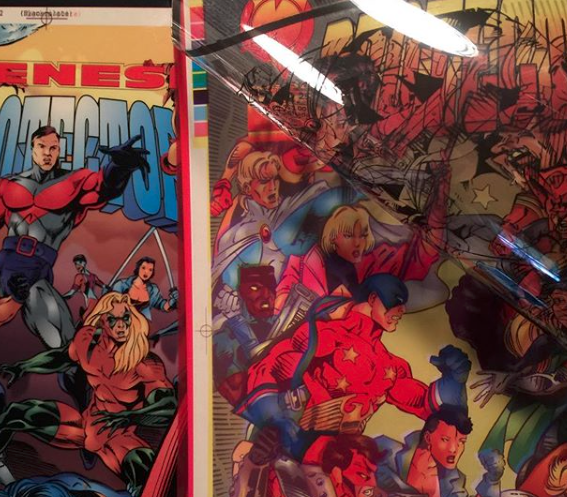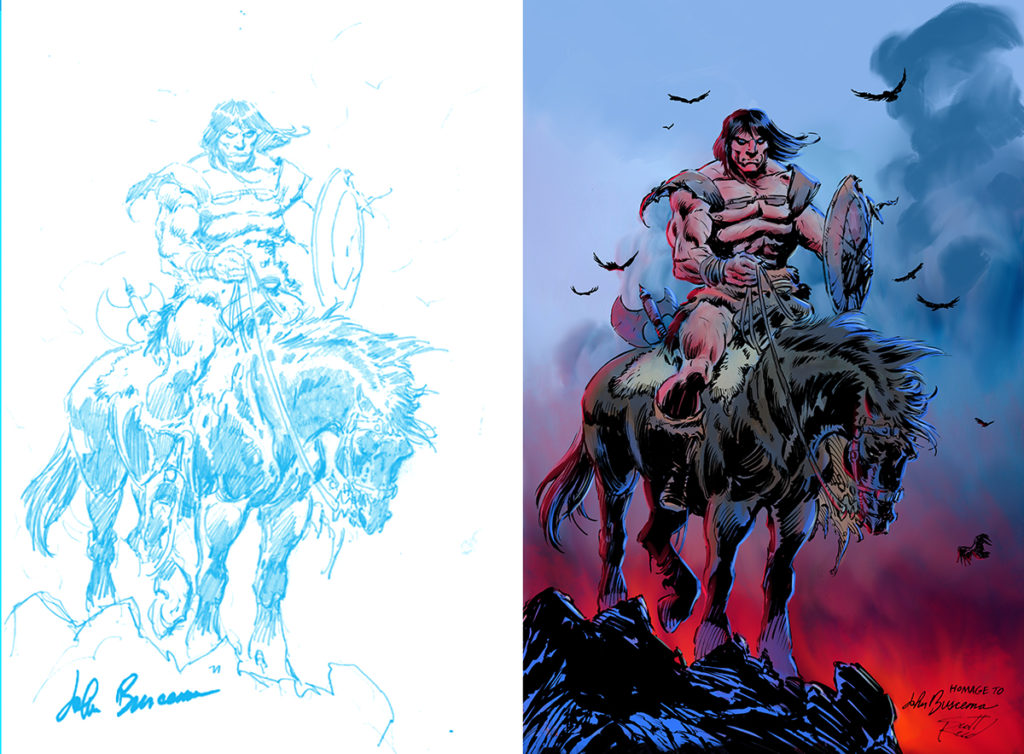In 1993, the coloring department at Malibu Comics was, without question, the best in the comics industry. Legend has it that Marvel purchased Malibu solely for their coloring department, and that would be a logical assumption (although the truth of the matter is altogether different, and you can find out about that here). I was an on-staff inker at Malibu, and like most of the employees, I didn’t get the full truth behind the Marvel acquisition until many years later.

The coloring duties at Malibu were split between two departments. There were the traditional colorists who were part of our art department, using markers to color photocopies of the comic art, while making notes indicating which colors they chose. These colored pages and notes would get passed along to the digital coloring team, the group of artists whose job was to re-render those coloring notes with Adobe Photoshop. As an inker, I only interacted with the digital colorists when there were specific coloring effects that I wanted to achieve in the line art. A laser blast, for instance, that I had inked in black, but intended to appear in red. The digital colorists sat in an adjoining room, and it was always fascinating to watch them work their magic. And in 1993, it really did seem like magic. Most of us illustrators were still ingrained in the traditional tools, and slightly intimidated by their seemingly complex design software.
I got over my fear, though, out of necessity more than any other factor. The design field was changing all around me, and when the comics industry went nearly bankrupt around 1996, I had to learn that software, on the job at various ad agencies. My story isn’t unique; a great many artists and graphic designers who had graduated from college just prior to the emergence of Adobe software had to figure it all out on their own. In some ways, I think this is still best way to learn new tools: out of urgent necessity.
SR
(Above image: Original color separation sheets from my first published work at Malibu Comics, 1993. Below: My analog inks and digital coloring over a John Buscema sketch, 2018)


